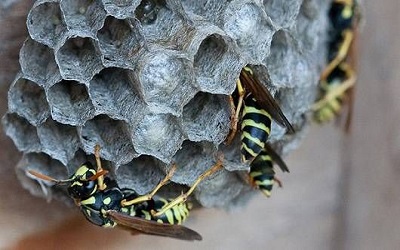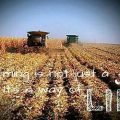PTE考生目前最大的问题之一就是练习题缺乏。除了有限的基本官方书(PLUS,Testbuilder, OG)之外,
就没有题了。很多英语基础不是很扎实的同学很难找到练习材料。墨尔本文波雅思PTE培训学校专门为墨尔本,悉尼PTE考生准备了PTE练习的lecture 93篇。各位PTE同学可以练习阅读,练习记笔记技巧,可以练习复述,甚至可以练习describe image。废话少说,下面开始:
62. Today I want to talk to you about wasps and their nests. You’ll recall that biologists divide species of wasps into two groups: solitary and social. Solitary wasps, as the name implies, do not live together with other wasps. In most species the male and female get together only to mate, and then the female does all the work of building the nest and providing food for the offspring by herself. Solitary wasps usually make nests in the ground and they separate the chambers for individual offspring with bits of grass, stone, or mud, whatever is handy. What about social wasps? They form a community and work together to build and maintain the nest. A nest begins in the spring when a fertile female, called the queen, builds the first few compartments of the nest and lays eggs. The first offspring are small females that cannot lay eggs. These females, called workers, then build a lot of new compartments, and the queen lays more eggs. They also care for the new offspring and defend the nest with their stingers. By the way, only female wasps have stingers. Most social wasps make nests of paper. The females produce the paper by chewing up plant fibers or old wood. They spread the paper in thin layers to make cells in which the queen lays her eggs. Most of you, I’m sure, have seen these nests suspended from trees. They may also be built underground in abandoned rodent burrows.
【生词摘录】
1. wasp: n. [C]黄蜂
2. nest: n. [C]巢
3. solitary: adj. 独居的
4. mate: v. [C]成配偶,交配
5. offspring: n. [C]子孙,后代
6. chamber: n. [C]蜂箱
7. handy: adj. 手边的,唾手可得的,容易得到的
8. fertile: adj. 能繁殖的
9. queen: n. [C]雌王
10. compartment: n. [C]小隔间
11. stinger: n. [C]针,刺
12. suspend: v. 吊,悬挂
13. rodent: 啮齿动物
14. burrow: n. [C]洞穴





